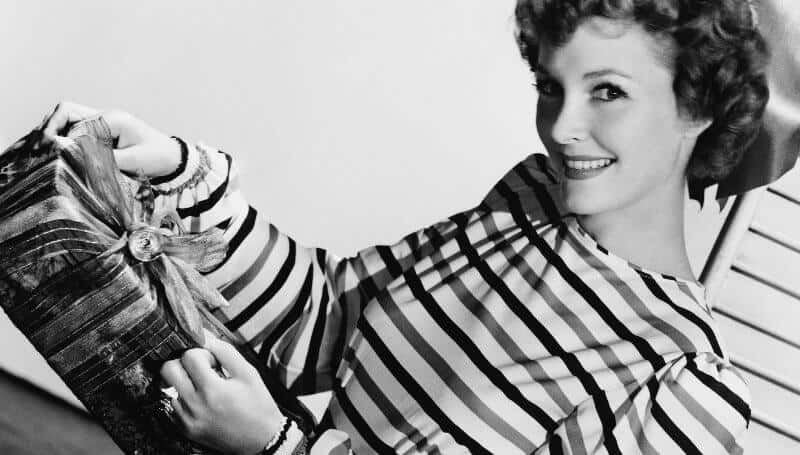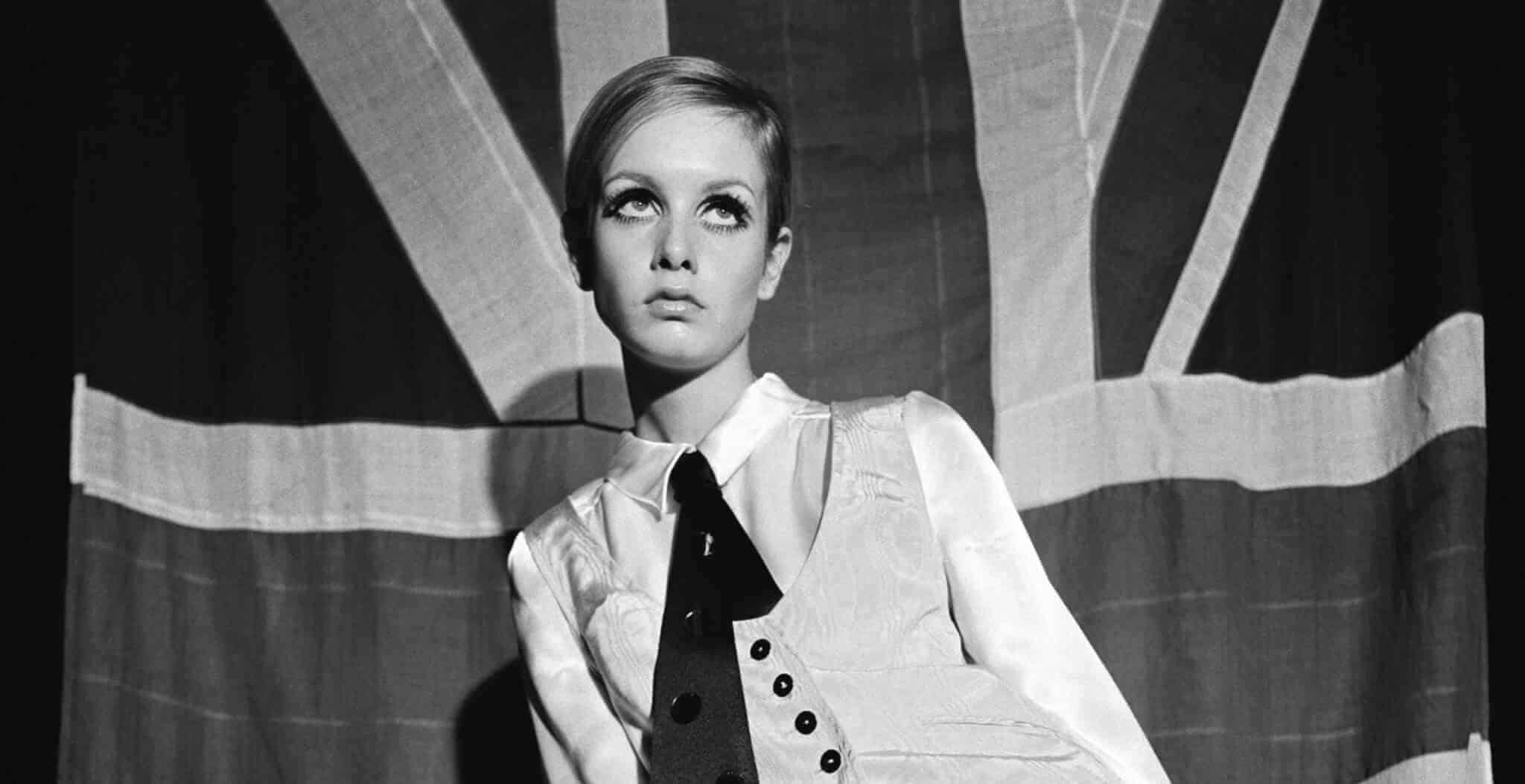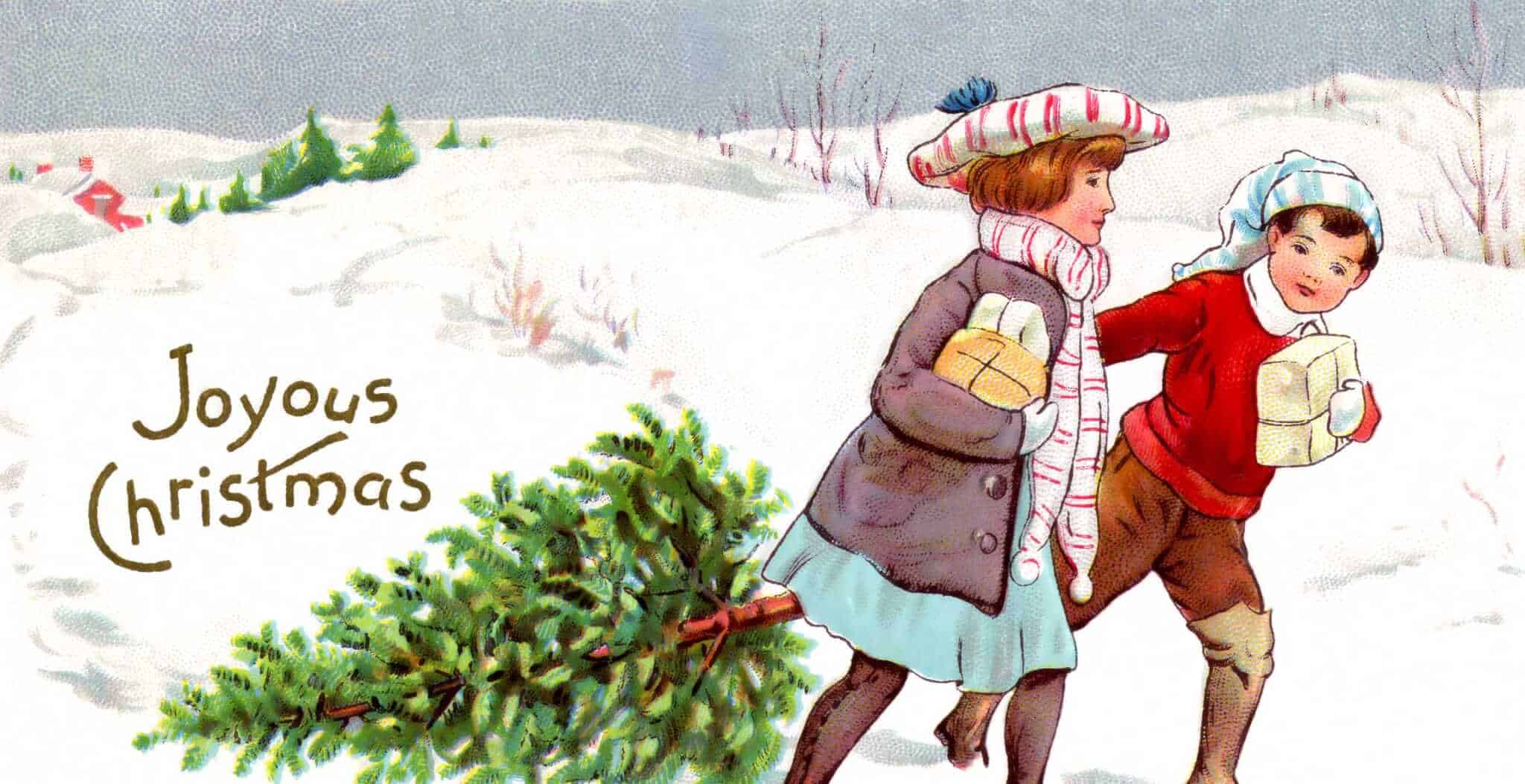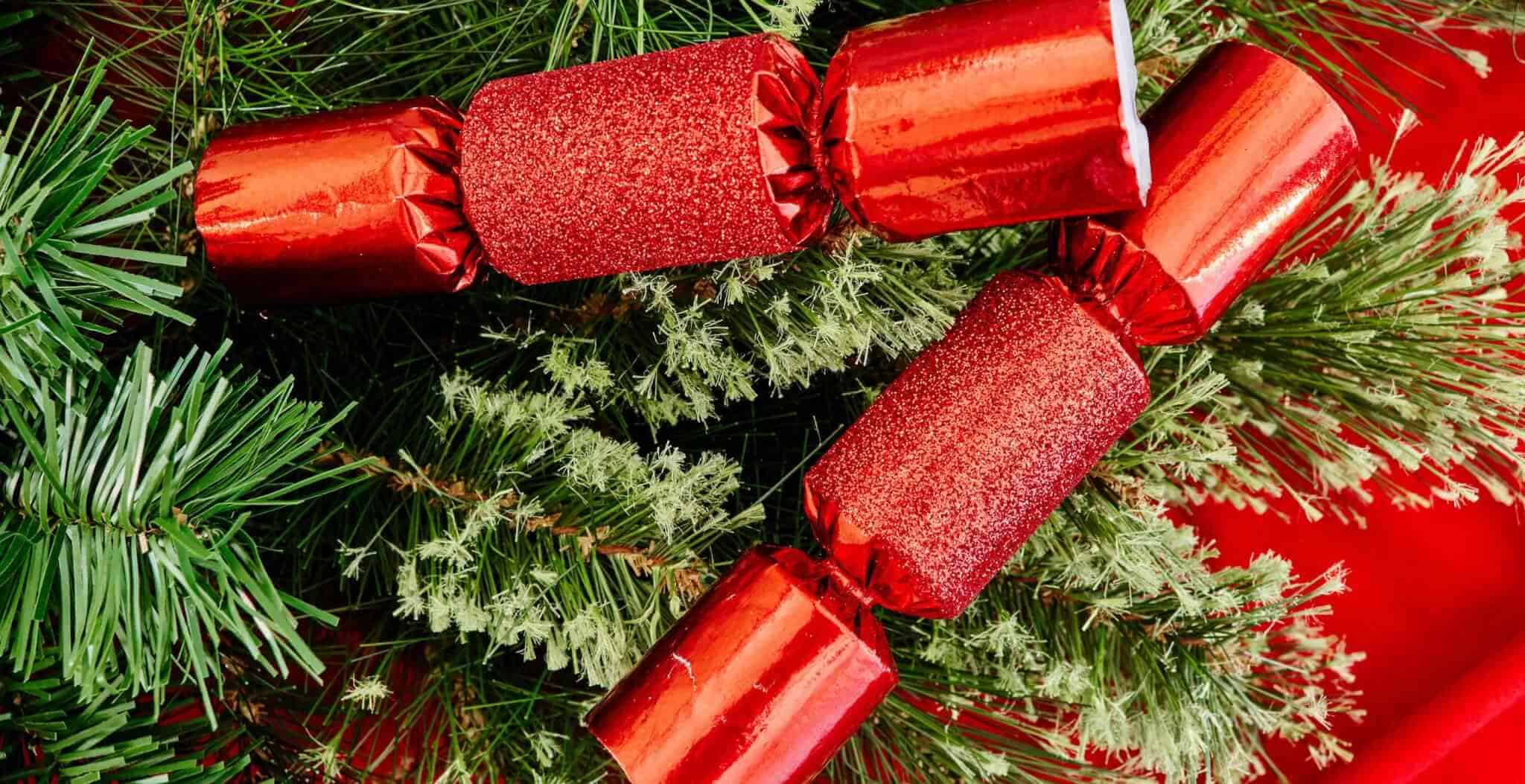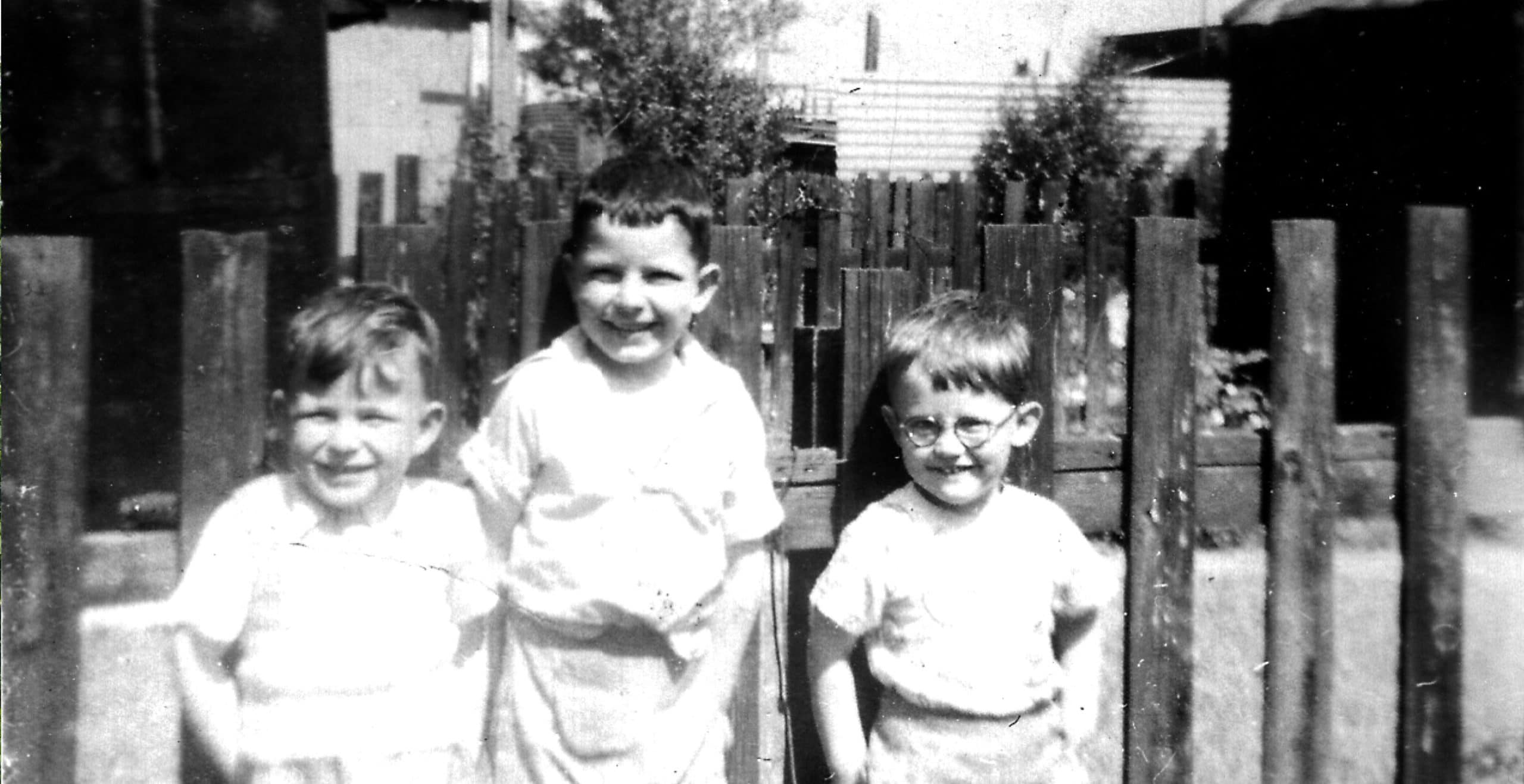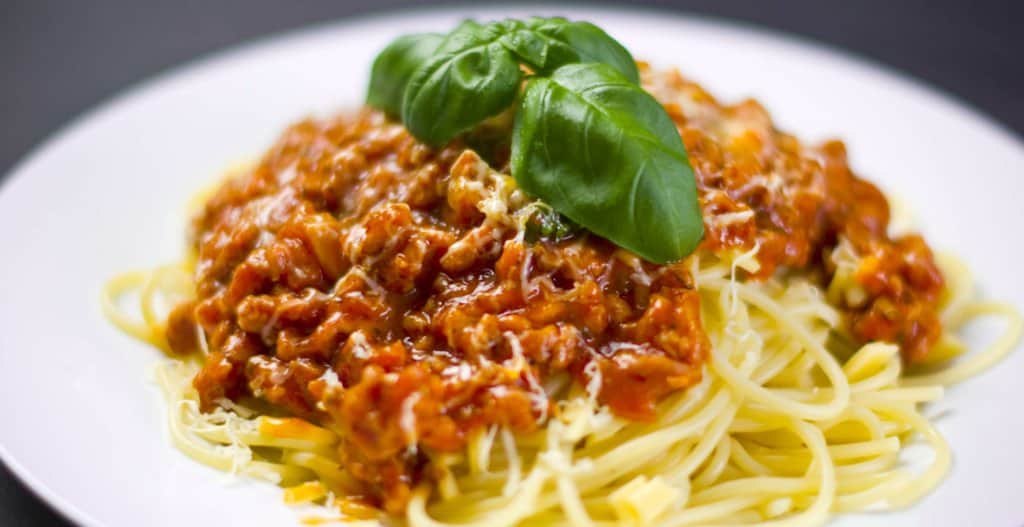Christmas in the 1960s was in many respects quite similar to Christmas celebrations in the 21st century: family gatherings, laughter and fun. But whereas today the celebrations are often centred around the presents and multimedia, in the 1960s Christmas was much more homespun.
The days of post war rationing and austerity were still recent memories so, especially in the early years of the decade, 1960s Christmases still had a feeling of frugality when compared to those of today.
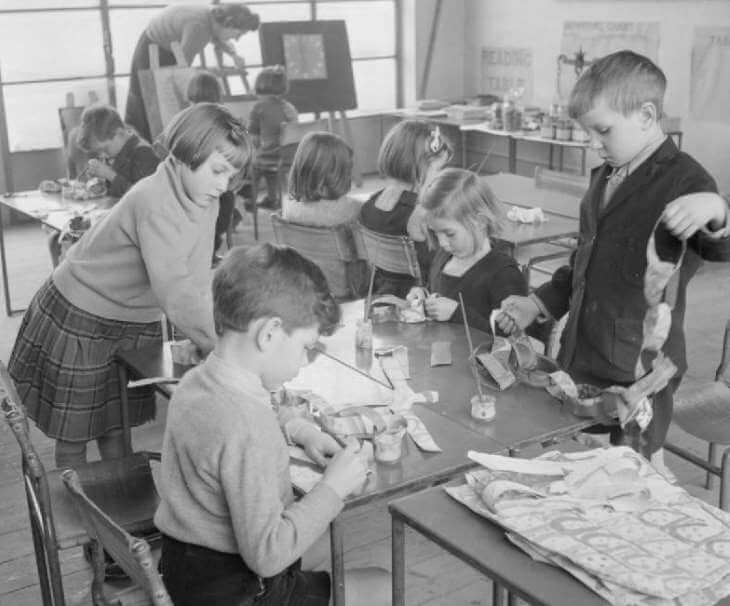
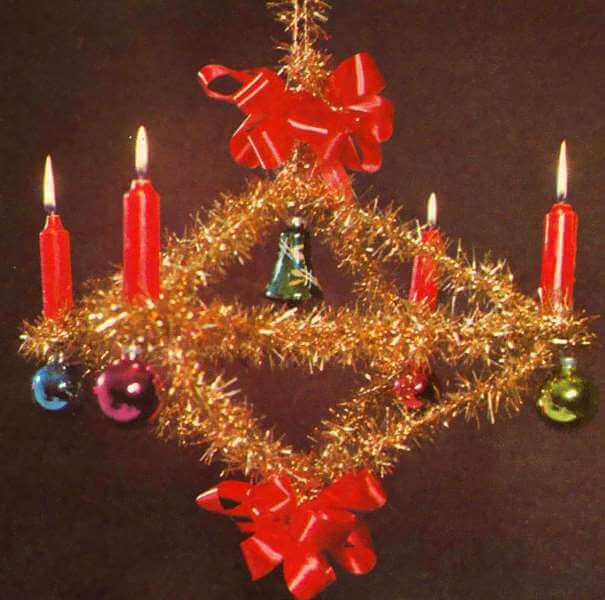
Christmas began for many families on Christmas Eve. Most shops and businesses worked until at least lunchtime on Christmas Eve: this was also the day when the festive food and drink was bought. There were few home freezers so all the produce for Christmas lunch had to be bought as close as possible to the day itself. Orders were taken by the butcher, greengrocer and baker as supermarkets were only just beginning to open in the high street. The whole family, except those working, would be needed to collect the food, as there was a great deal to be carried home.
All over the country, pots and bottles of loose change, collected over the year, would be emptied in order to pay for the Christmas drinks. Alcohol was purchased from the off licence – often a section of the local pub. All shops would be closed on Christmas Day and Boxing Day, so if something was forgotten, it was too late – which could be a catastrophe, if batteries for the longed-for Christmas toy had been forgotten!
On Christmas Eve at bedtime, parents would ceremoniously lay out a plate with a mince pie and a glass of sherry (Harvey’s Bristol Cream, of course) for Father Christmas, by the Christmas tree. Sometimes a carrot would also be left for Rudolph.
Stockings or pillow cases were left by the beds upstairs, ready to be filled with gifts – if the child had been good, of course!
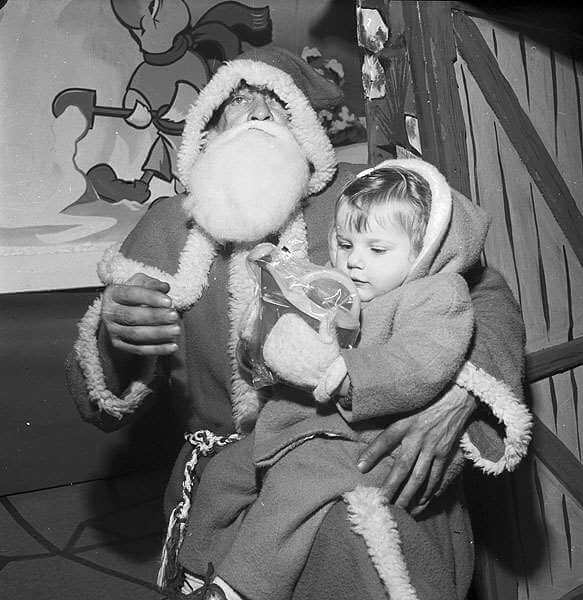
Main presents were opened after breakfast: for children these might be a watch (perhaps a Tic-a-Tic-a-Timex), Scalextric or a Sindy doll. Other favourite gifts included Etch-a-Sketch, Meccano, 3D View Master and the Amazing Magic Robot that answered questions. Relatives might also bring homemade gifts, such as hand knitted jumpers and scarves.
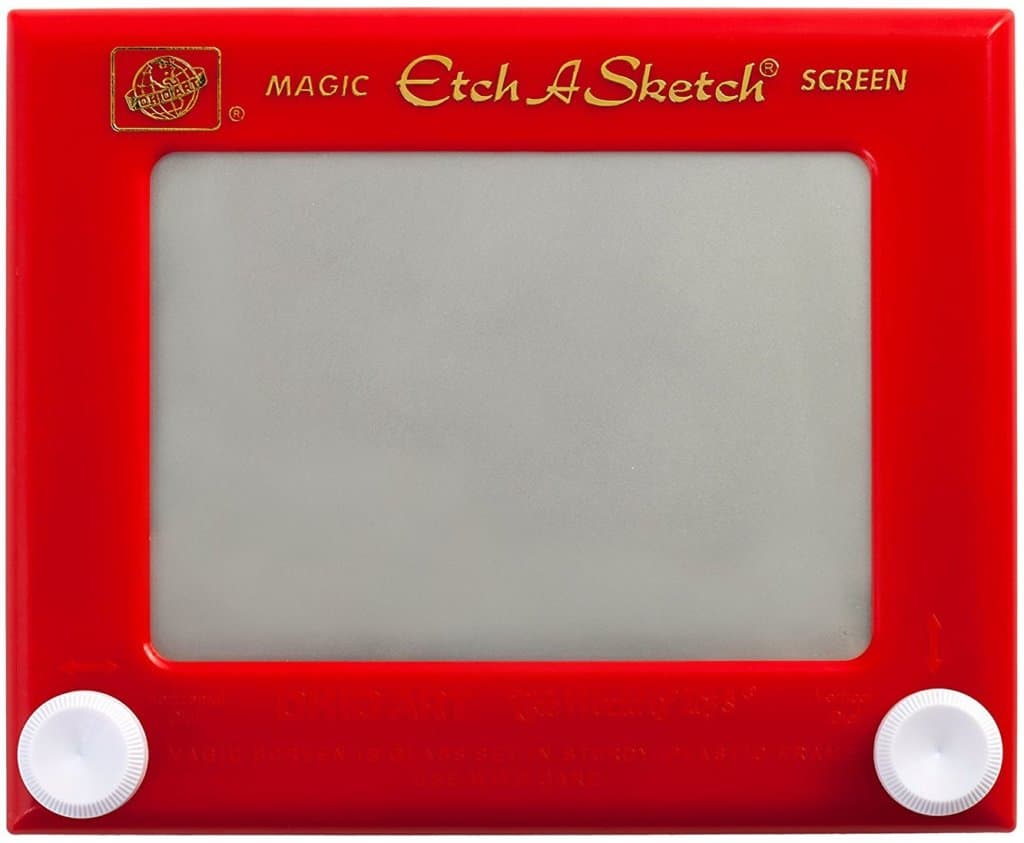
The main event at Christmas lunch was not always turkey: the meat of choice might be chicken, capon or goose. Chicken in the early 1960s was an expensive meat, as this was before factory farming. The Christmas table was not decorated with special Christmas-themed items as it might be today: this was the occasion for the ‘best’ tablecloth, china, glass and silver, brought out just for special occasions and packed away safely through the rest of the year. Christmas crackers would be laid out by the place settings at the table: it was obligatory to wear the paper hats throughout the meal!
The meal began with soup, often Baxters rather than homemade and usually something gamey like ‘Highland Broth’, which in those days tasted a little like dishwater with small pieces of gristle, but was part of the Christmas tradition and so appeared ever year!
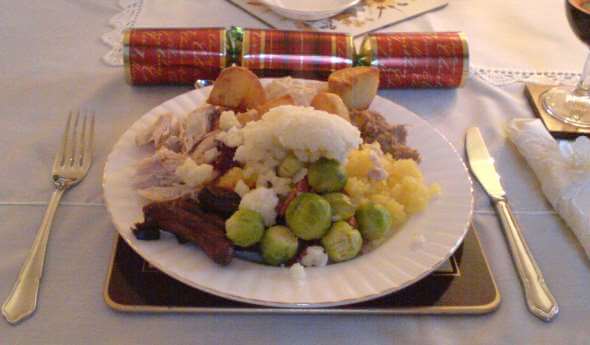
The Christmas pudding then made a very special, theatrical entrance, wreathed in flame from the brandy that had been poured over it and lit.
After the washing up, the family would gather around the one TV in the house or if there was no TV, around the wireless. All would stop at 3pm for the Queen’s Christmas broadcast.
There were just two TV channels in the early 1960s: the BBC and ITV, the commercial channel. These were joined in 1964 by BBC2. For some inexplicable reason, quite often through the 1960s the main two TV companies would both schedule a circus on Christmas afternoon: Billy Smart’s Circus on the BBC and another on ITV!
The evening meal on Christmas Day was always the same every year: cold cuts of meat, usually ham and leftover turkey from lunch, pork pie, bread rolls, tomatoes, pickles and crisps, trifle, mince pies and chocolate log. Pride of place on the table would be the Christmas cake, covered in white icing and decorated with a Father Christmas figure, some reindeer perhaps, a robin or two and maybe a sprig of plastic holly. These wonderful if mismatched cake decorations were added to over the years, so quite often the robin might end up towering over both Father Christmas and the reindeer!
Boxing Day was the day for visiting family. Car ownership was becoming more common, making family get-togethers easier. Lunch might be roast beef or lamb, or leftover roast turkey.
And then the Christmas festivities were over for another year!
